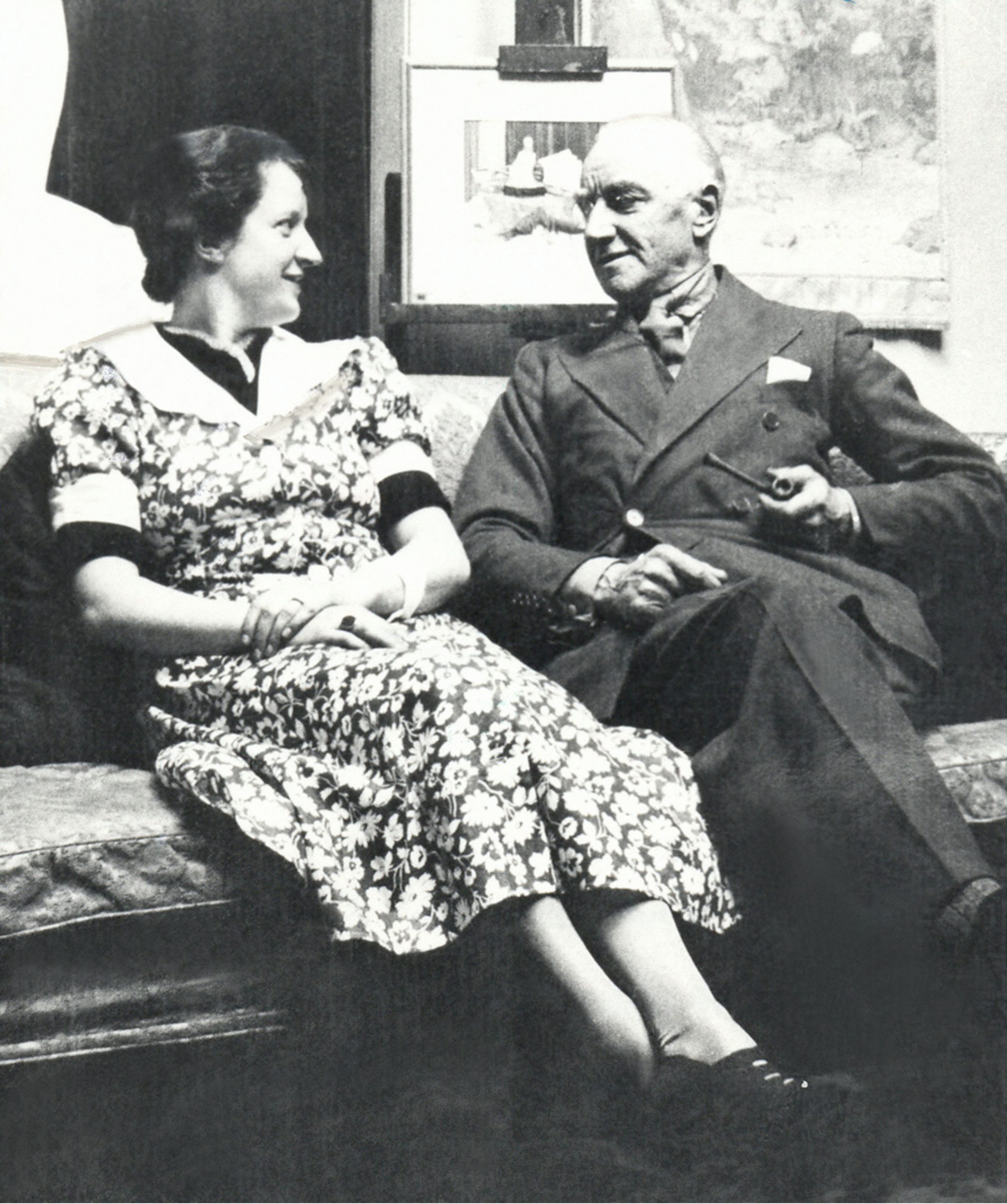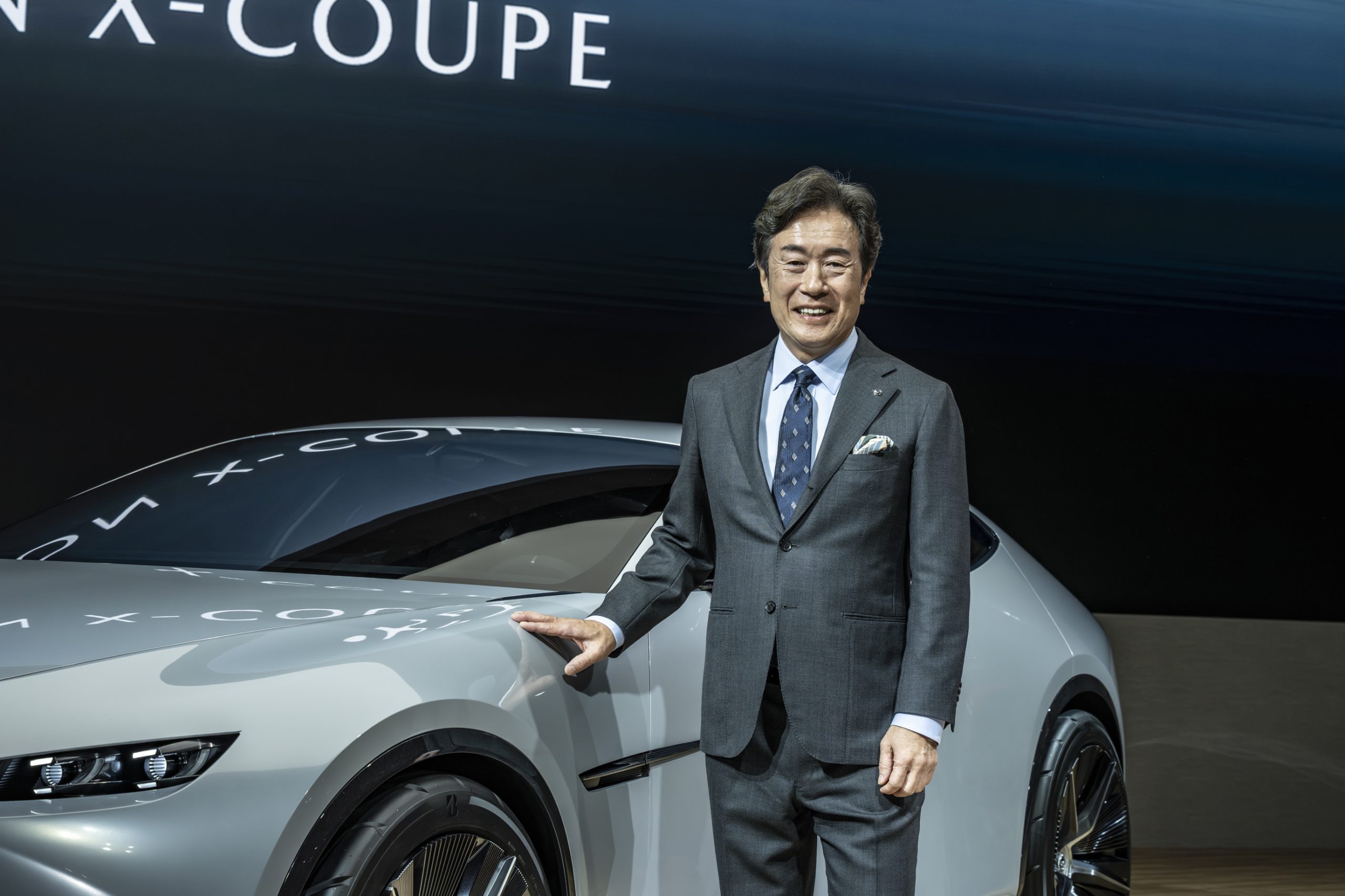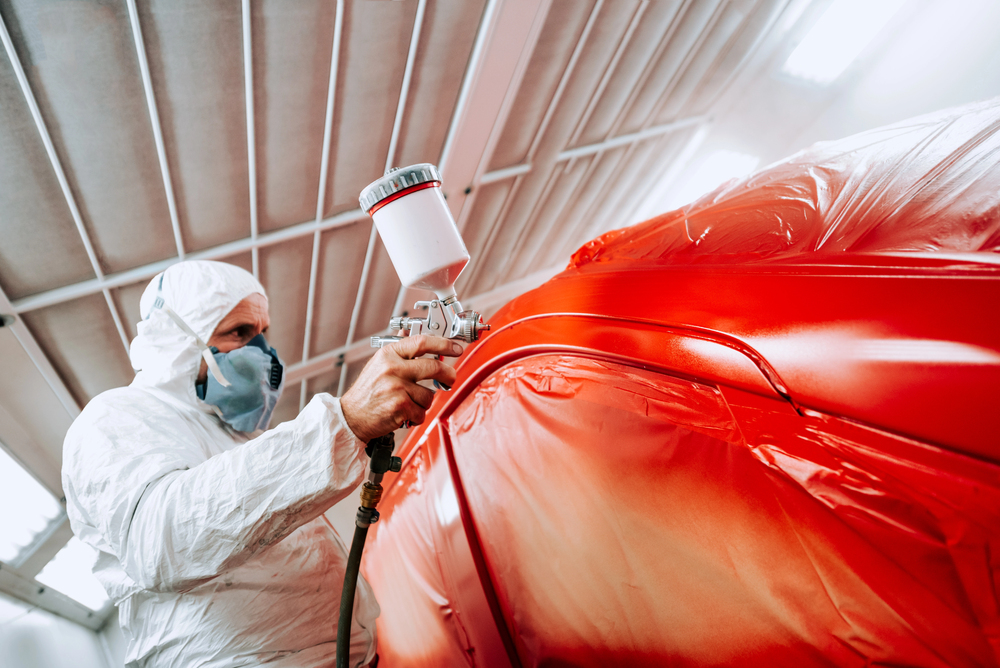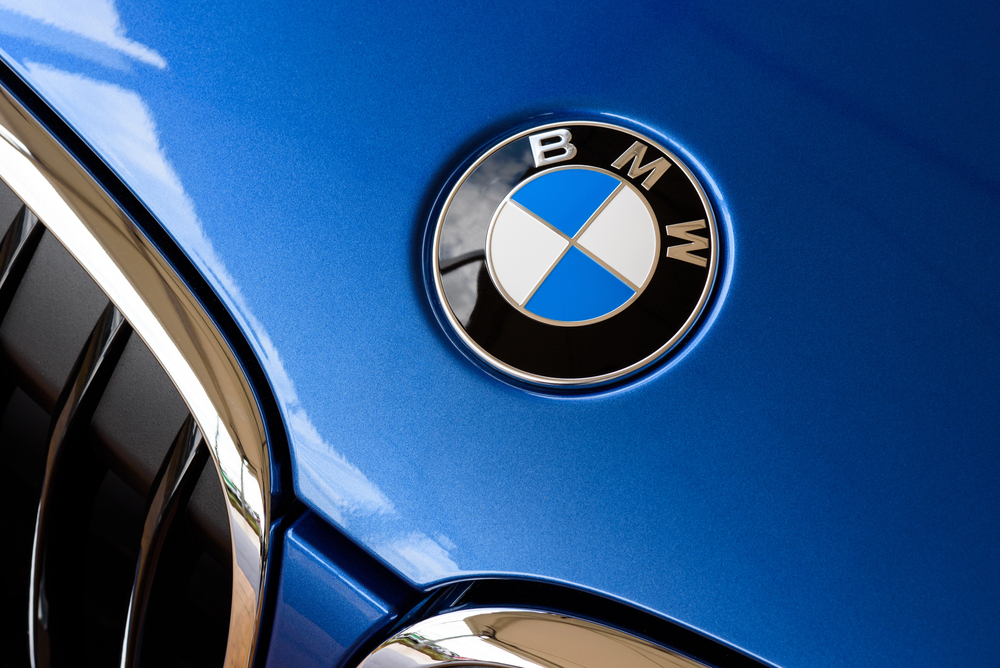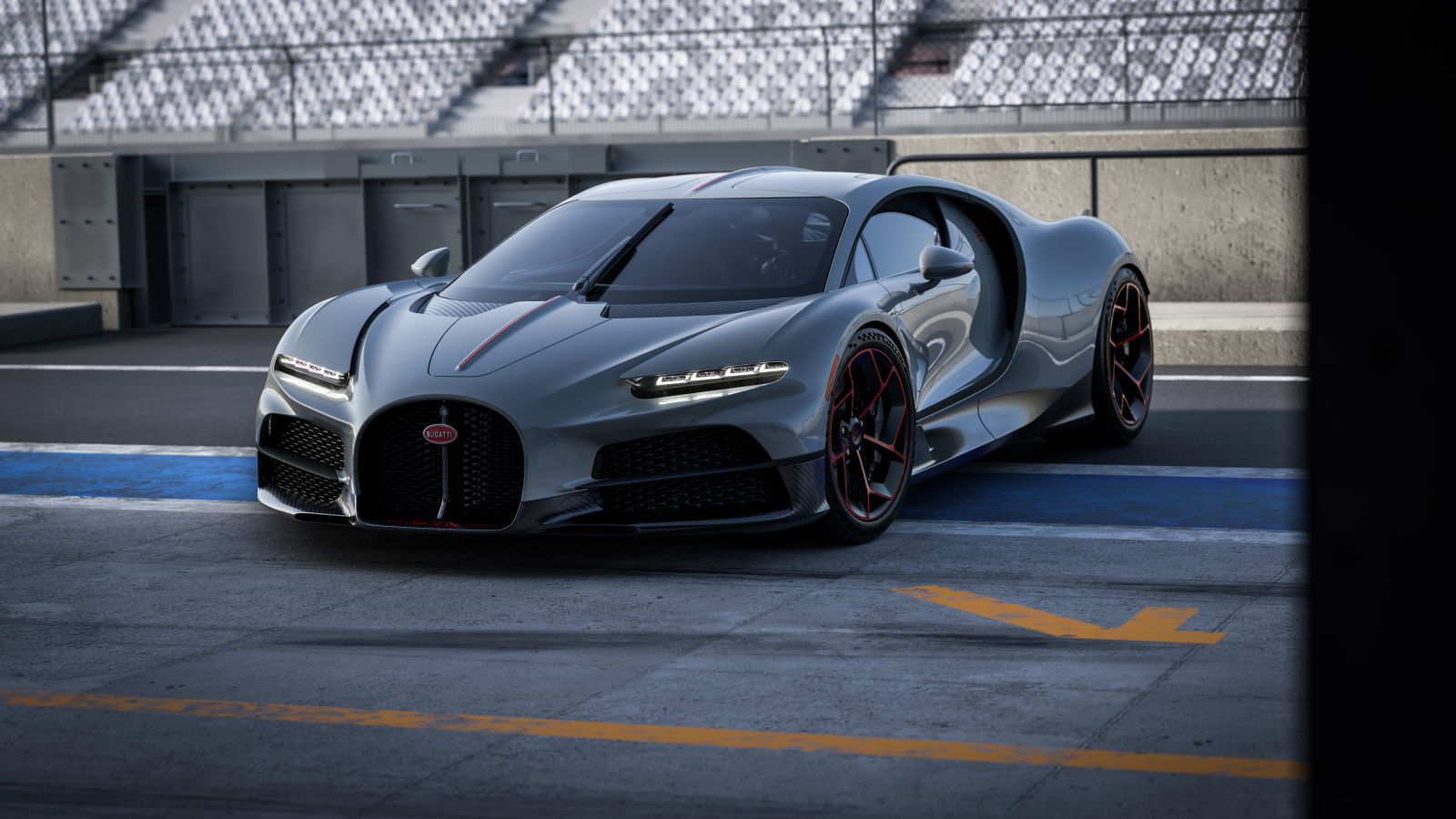Is Warming Up Your Car Still Necessary?
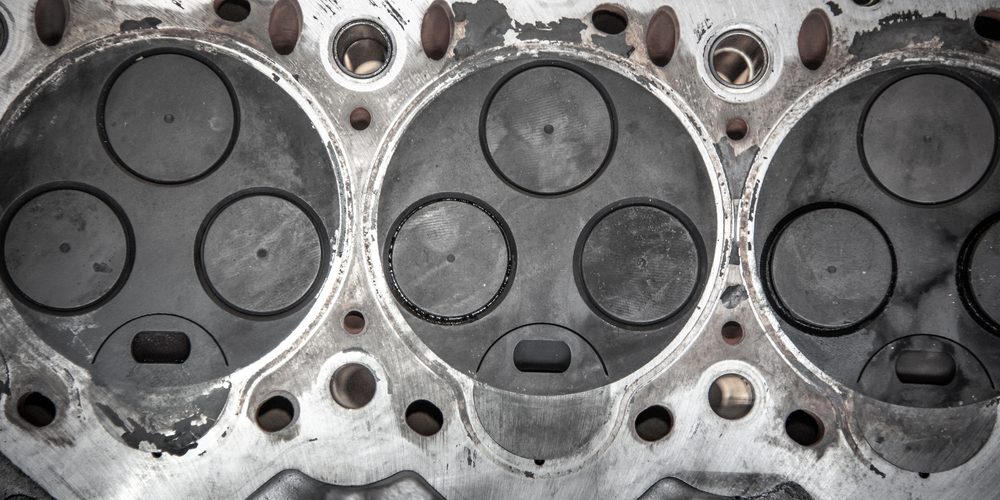
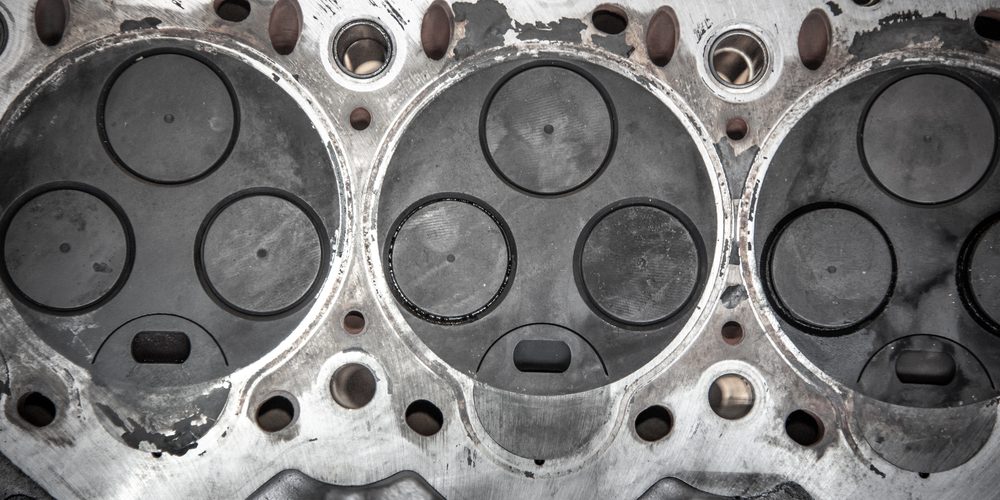
Cold winter mornings often prompt drivers to start their cars and let them idle before driving. This practice stems from decades-old advice that once made perfect sense for older vehicles with carburetors.
Modern cars with fuel injection systems require minimal warm-up time, making extended idling unnecessary and wasteful.
The shift from carburetors to electronic fuel injection has changed how engines operate in cold conditions. Today’s vehicles reach proper lubrication within 20 to 30 seconds of starting. Extended idling now creates more problems than it solves, including increased fuel consumption and harmful emissions.
While modern technology has eliminated the need for long warm-up periods, some considerations remain for cold weather driving…
Why Warming Up Was Once Essential
The practice of warming up cars originated from legitimate mechanical requirements of older vehicles and practical safety considerations. These factors made idling before driving a necessary routine rather than an optional habit.
Role of Carburetors in Older Vehicles
Carburetors dominated automotive technology through the 1980s and required warm-up periods to function properly. These mechanical devices mixed air and fuel manually, without the precision of modern systems.
Cold carburetors struggled to create the correct air-fuel mixture. The carburetor relied on temperature-sensitive components that worked poorly when cold.
Key carburetor challenges included:
- Inconsistent fuel delivery at low temperatures
- Frequent engine stalling during cold starts
- Poor throttle response until operating temperature was reached
- Flooding from excessive fuel in cold conditions
Drivers needed to let their engines idle for several minutes to achieve stable operation. Without this warm-up period, the engine would run roughly or stall completely when attempting to drive.
The carburetor’s choke mechanism helped compensate for cold conditions by restricting airflow. This created a richer fuel mixture, but the system still needed time to reach optimal function.
Impact on Engine Lubrication and Engine Damage
Cold oil posed significant risks to older engines due to its thick consistency and poor circulation. Engine lubrication systems in vintage vehicles were less sophisticated than current designs.
Motor oil becomes viscous in cold temperatures, flowing slowly through engine passages. This delayed lubrication left critical components vulnerable during startup.
Lubrication problems in cold engines:
- Thick oil moved sluggishly to valve trains
- Bearings received insufficient protection initially
- Metal parts operated with minimal oil film
- Increased friction caused premature wear
Engine damage occurred when drivers immediately drove hard without allowing oil to circulate. The warm-up period gave lubricants time to thin out and reach all engine components.
Older oils lacked the advanced additives found in modern synthetics. These primitive formulations performed poorly in temperature extremes, making warm-up periods even more critical for engine longevity.
Cold Weather Challenges and Frosty Windshields
Winter driving created visibility and safety hazards that warm-up periods helped address. A frosty windshield represented a serious danger that required time to clear properly.
Ice formation on glass surfaces blocked the driver’s view completely. Scraping alone often left residual frost that continued to obstruct vision while driving.
Safety issues from cold conditions:
- Frozen windshields blocked forward visibility
- Side windows accumulated ice that limited peripheral vision
- Mirrors became unusable due to frost buildup
- Interior remained uncomfortably cold
The defrosting process required several minutes of engine operation to generate sufficient heat. Older heating systems took longer to warm up compared to modern climate control.
Drivers also faced mechanical challenges beyond visibility. Cold batteries provided less power, while transmission fluids thickened and shifted poorly until warmed.
How Modern Cars and Technology Changed the Practice
Technology advancements in today’s vehicles have eliminated the need for lengthy warm-up periods that older cars required. Electronic fuel injection systems, improved engine oils, and better engine design allow modern cars to operate efficiently within 30 seconds of starting.
Advancements in Fuel Injection Systems
Modern vehicles use electronic fuel injection systems instead of the carburetors found in older cars. These systems automatically adjust the fuel-air mixture hundreds of times per second based on engine temperature and operating conditions.
Carburetors in older vehicles couldn’t modify the fuel mixture automatically during cold starts. This limitation made extended idling necessary to prevent engine damage and poor performance.
Fuel injection systems monitor engine temperature through sensors and deliver the precise amount of fuel needed. The electronic control unit processes this data instantly and adjusts fuel delivery accordingly.
This technology allows engines to run properly immediately after starting. The system compensates for cold temperatures without requiring several minutes of idling time.
Electronic fuel injection also provides better fuel economy and lower emissions compared to carburetor systems. The precise fuel control reduces waste and improves combustion efficiency from the moment the engine starts.
Modern Engine Oils and Their Benefits
Modern engine oils flow more effectively at low temperatures than oils used decades ago. Advanced synthetic and semi-synthetic formulations maintain proper viscosity even in freezing conditions.
These oils contain additives that reduce friction and provide better protection during cold starts. The improved flow characteristics mean oil reaches critical engine components faster than older oil formulations.
Multi-viscosity oils adapt to temperature changes automatically. A 5W-30 oil flows like a 5-weight oil when cold but protects like a 30-weight oil when the engine reaches operating temperature.
Engine oil circulation begins within seconds of starting a modern engine. The oil pump design and improved oil formulations work together to provide adequate lubrication almost immediately.
Cold-weather oil additives prevent thickening that once required extended warm-up periods. These chemical improvements allow drivers to begin driving gently after just 30 seconds of idling.
Reduced Idling Requirements in Modern Vehicles
Modern vehicles need no more than 30 seconds of idling before driving in winter conditions. This brief period allows oil to circulate through the engine and provides sufficient protection for moving parts.
Extended idling actually causes more harm than benefit in today’s cars. Engines don’t reach optimal operating temperature while stationary, leading to incomplete fuel combustion and potential engine wear.
Modern engines warm up faster when driven gently rather than sitting idle. The load from driving helps the engine reach proper operating temperature more quickly than idling alone.
Cold-start systems in new cars automatically adjust timing, fuel delivery, and other parameters. These systems eliminate the need for manual warm-up procedures that older vehicles required.
Anti-idling laws in many areas limit stationary running time to 3-5 minutes. These regulations recognize that modern automotive technology has made extended warm-up periods unnecessary and environmentally harmful.
Current Recommendations for Warming Up Your Car
Most automotive experts and manufacturers recommend no more than 30 seconds of idling for modern vehicles. The fastest way to warm an engine is through gentle driving rather than extended idling.
Best Practices for Modern Vehicles
Modern cars with fuel injection systems require minimal warm-up time compared to older carbureted engines. Most manufacturers specify 30 seconds or less of idling before driving.
The fuel injection technology in today’s vehicles automatically adjusts the air-fuel mixture based on temperature sensors. This eliminates the need for extended warm-up periods that were necessary decades ago.
Engine lubrication systems in modern vehicles use synthetic oils that flow effectively even in cold conditions. These oils circulate within seconds of engine startup, providing adequate protection immediately.
Drivers should start the engine and begin driving gently after a brief 15-30 second wait. Avoiding hard acceleration and high RPMs during the first few miles allows the engine to reach optimal operating temperature gradually.
Extended idling actually harms modern engines more than immediate gentle driving. The engine warms up faster under light load conditions than while sitting stationary.
Situations Where Warming Up Is Still Beneficial
Extreme cold conditions below -10°F may warrant 30-60 seconds of idling to help transmission and other fluids reach proper viscosity. This brief period allows critical systems to prepare for operation.
Clearing frost or ice from the windshield represents a practical reason for warming up the vehicle. Safety requires clear visibility before driving, which may take 2-3 minutes of defrosting.
Electric vehicles and plug-in hybrids benefit from cabin preheating while connected to charging stations. This preserves battery range by using grid power instead of battery power for climate control.
Older vehicles with carburetors still require traditional warm-up procedures. Cars manufactured before the mid-1980s need 3-5 minutes of idling for proper carburetor function.
Fuel Efficiency and Driving Habits
Idling consumes fuel without moving the vehicle, resulting in zero miles per gallon. A typical car burns approximately 0.2-0.5 gallons per hour while idling.
Fuel efficiency improves significantly when drivers start driving immediately after startup. Engines reach optimal efficiency faster under light driving loads than during stationary idling.
Modern engine management systems adjust fuel delivery precisely during cold starts. These systems provide the exact fuel mixture needed without driver intervention or extended warm-up periods.
Excessive idling increases emissions and contributes to engine carbon buildup. Regular extended idling can lead to fouled spark plugs and reduced engine performance over time.
The most economical approach involves starting the engine, waiting 15-30 seconds, then driving conservatively until the engine reaches normal operating temperature.
Environmental and Health Considerations
Car warming practices generate significant air pollution through harmful emissions and contribute to climate change. Extended idling wastes fuel while releasing toxic gases that damage both local air quality and global atmospheric conditions.
Air Pollution and Climate Change Impacts
Warming up cars releases harmful chemicals directly into the atmosphere. Cold engines produce higher concentrations of carbon monoxide, nitrogen oxides, and unburned hydrocarbons during idling periods.
These emissions contribute to regional smog formation and ground-level ozone problems. Urban areas with many idling vehicles experience worse air quality, particularly during winter months when warming practices peak.
Carbon dioxide from idling cars adds to greenhouse gas accumulation. Each minute of unnecessary idling releases approximately 0.1 gallons worth of carbon emissions into the atmosphere.
The practice affects local communities through reduced air quality. Children and elderly residents face increased respiratory risks from concentrated vehicle emissions in residential areas during morning warm-up periods.
Idling, Fuel Waste, and Emissions
Ten minutes of idling consumes up to half a gallon of fuel while producing zero transportation benefit. This represents pure waste of fossil fuel resources and unnecessary expense for drivers.
Idling produces incomplete fuel combustion compared to active driving. This inefficient burning creates higher emission levels per gallon consumed than normal driving conditions.
Modern engines actually warm up faster during gentle driving than during stationary idling. The additional load helps components reach optimal operating temperatures more quickly while reducing total fuel consumption.
Extended idling can damage engine components over time. Incomplete combustion during cold idling creates carbon buildup and can contaminate engine oil more rapidly than regular driving patterns.
If you enjoyed this article, be sure to follow us on Microsoft Start.


